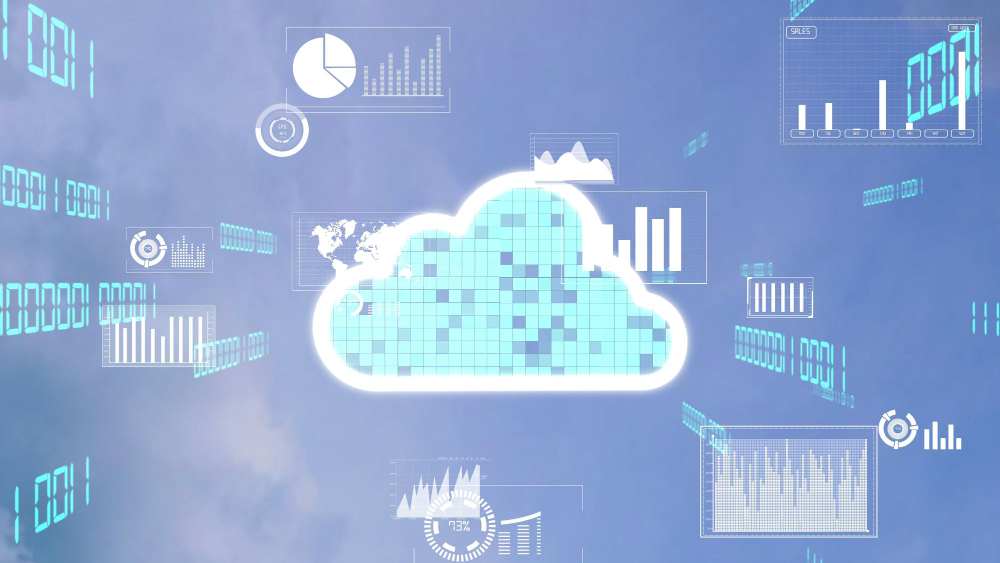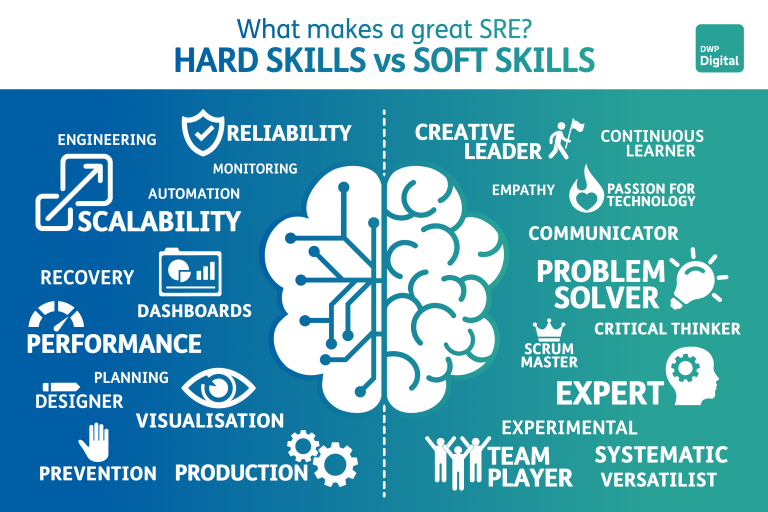How Can Digitalisation Help My Business to Scale and Grow?

Digitalisation, (also known as digital transformation, business transformation or digital business transformation) begins with identifying what is not working as effectively as it could within a business, then introducing necessary changes in the form of new processes, approaches, techniques and technologies to bring about improvement. It is driven by an understanding of how specific solutions can be applied across a business to bring about positive change.
Organisations undertake digitalisation to maximise their potential, create additional value, increase efficiency, reduce costs, increase market share, improve customer satisfaction and boost revenue.
In your business’ case, digitalisation could be focused on outsourcing to maximise your knowledge, business potential and a successful delivery. Perhaps it’s about developing and harnessing innovative technologies or creating intellectual property to grow your business, or maybe it is simply about being more efficient.
Whatever your specific business needs and goals, all digital business transformation projects aim to ensure the best, most appropriate and effective processes and systems are implemented across an organisation in order to improve performance and support overall business strategy.
Unsurprisingly, for most organisations this is not a straightforward process. The first step is to foster a culture that embraces and understands the need for change in an increasingly digital-first landscape.
What are the biggest challenges of ‘Digital Business Transformation’… and how do we avoid them?

Short answer, yes. Digital Transformation is essential to staying economically viable and disruptive in a digitalised world.
According to Forbes, the COVID-19 pandemic accelerated digitalisation by five years, which means that time is of the essence. If you still haven’t gone digital, you need to start thinking about it very soon. In 2022, digital business transformation is necessary both to survive and to thrive.
What are the key benefits of digital transformation?
Disrupt Or Be Disrupted In Digital Business Transformation

The digital-first economy is like a treadmill that keeps getting faster and faster. If you don’t keep up, you fall. The collapse of the video-rental service provider Blockbuster serves as a cautionary tale of exactly this. Blockbuster was once to movies what McDonald’s is to fast food. It was once a global empire in its field, with more than 9,000 branches internationally but is now a faded memory, having closed its remaining stores permanently in 2014.
How Can DevOps Improve Your Business?

Collaboration: Promotes an environment where the different teams work together to achieve common organsational objectives. This means that the teams in your organisation won’t be isolated and won’t work toward department- specific goals anymore. Motivates people from different departments to come together and brainstorm the areas of improvement in the operational workflow of a product.
Boosting Efficiency with Sprint Velocity

Sprint Velocity is the key metric in a Scrum framework. In Agile teams, it refers to the analysis of past workloads to calculate how much work can be done in future sprints. Velocity is calculated at the end of the sprint by adding up the points for all completed Users Stories or customer requirements. With this prior knowledge, businesses can plan future projects knowing how much work can be completed in the next sprint. This helps them to accurately allocate time and resources to complete projects and tasks.
Furthermore, Sprint Velocity estimates give customers and stakeholders a better idea of when they can expect the delivery of products and services.
This guide will cover the best ways to improve Sprint Velocity. The common denominator is that to move faster, you must make the effort now and “plant the seeds” to enable higher productivity in future sprints.
Maximising Analytics & Machine Learning with Data Lakes

In today’s digital-first landscape, organisations are facing an ever-growing volume of data. This data can come from a variety of sources, including internal systems, external data sets, and user activity and trends. To capitalise on the valuable insights and competitive advantages that such data can provide, organisations need to have a robust and flexible data infrastructure in place.
One potential solution is the Data Lake. A Data Lake is fundamentally a large storage repository that can accommodate vast volumes of disparate data types. Its key advantage lies in its flexibility – unlike traditional storage solutions, which often require rigid schema specifications for each stored dataset, a Data Lake allows for very granular control over the exact type and format of the stored data. This makes it possible to store different datasets in their raw form, without having to them pre-processed or structured in any special way.
Another key benefit of using a Data Lake is that it allows for sophisticated analysis techniques like machine learning and analytics to be used effectively on large volumes of continuously growing data. By making it easier to retain all available relevant information in one place, organisations can reap the benefits of powerful analytical tools without being constrained by restrictive storage limitations or intensive computational demands. Ultimately, by choosing to
As of last year, global demand for Data Lakes is predicted to grow by 27.4%.
Why Your Business Needs Site Reliability Engineering

In the age of digital services, system reliability is paramount. Conglomerates like Amazon deal with millions of online business transactions 24/7 and even a momentary system failure could cost them billions. Real-time customer expectations and the need for zero downtime have pushed the need for systems that are not just functioning, but also highly available and scalable. With so much money and data at stake, neither businesses nor customers can afford disruption to their online business exchanges. So how do we prevent, minimise, and resolve these errors? This is where Site Reliability Engineering comes into the equation.
Site Reliability Engineering is a discipline that combines software engineering and operations to build, deploy, monitor, and maintain systems that are both highly reliable and scalable. SRE teams are responsible for ensuring that systems are meeting availability SLAs, while also constantly improving performance and efficiency. To do this, they utilise a combination of code development, automation, and logging/monitoring tools. In addition, SRE teams often work closely with other engineering teams to develop new features and products in a way that doesn’t sacrifice reliability.
By utilising Site Reliability Engineering principles, businesses can build systems that are more reliable and responsive to customer needs.
SRE vs. DevOps – What’s the Difference?

The terms ‘DevOps’ and ‘SRE’ are often used interchangeably, with SRE methods and techniques accompanying DevOps culture and practices, though there are several key differences.
The term ‘DevOps’ is short for ‘development and operations’, and it refers to the culture and practices of collaboration between software developers and IT operations professionals. The goal of DevOps is to shorten the software development life cycle and increase the frequency and quality of software releases. ‘SRE’, on the other hand, stands for ‘site reliability engineering’. SRE is a set of practices and principles for achieving operational excellence with cloud-based services.
SRE teams work to ensure that DevOps procedures create quality software and meet operational Service Level Objectives (SLOs).
SREs typically have a background in operations and software development, while DevOps teams can include QA experts, developers, engineers, and SREs.
While both DevOps and SRE are concerned with improving the quality and speed of software development, they are distinct approaches with different goals.
Your 2022 Guide to Marketing Automation
As marketing experts, we are often asked for the best advice on practices and techniques. To help you make the most of your marketing in 2022, we created this guide to Marketing Automation.
In the guide, we share our experience, opinions, tips and suggestions based on our years of experience. We also look at key trends in marketing automation. In terms of specific functionality, we will refer to our Marketing Automation platform but even if you are not (yet!) using that, the information should still be relevant, particularly if you are using or considering using it – or considering another Marketing Automation platform.
With a highly experienced and engaged team and over 20 years’ worth of sales and marketing industry expertise, we have worked for, created, influenced and driven market leading organisations, platforms and tools. Because of this, we have helped a wide variety of clients to achieve great results using marketing automation.
We work closely with each of our clients to understand their businesses, aims, challenges and what matters to them, providing a personalised service that includes consultation, training and support.
Technology Priorities for 2022 – Part One

Technology Priorities for 2022 – Part One Over the last couple of years, organisations and individuals have shown remarkable resilience and ability to adapt to unprecedented change and upheaval. Some have thrived. Many have demonstrated great ability and determination to cope with massive disruption and to rapidly transform, innovate and seek out alternative ways of […]